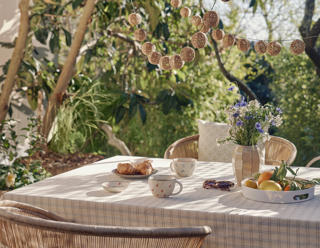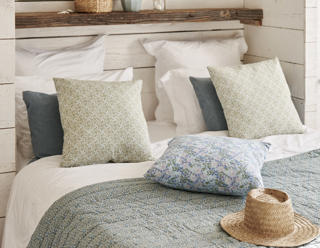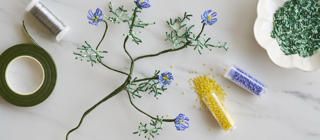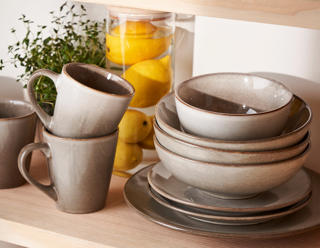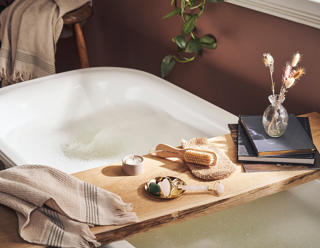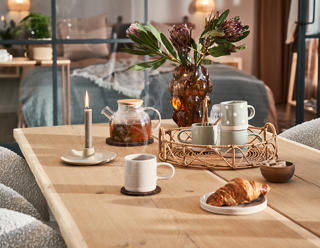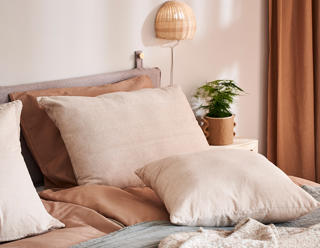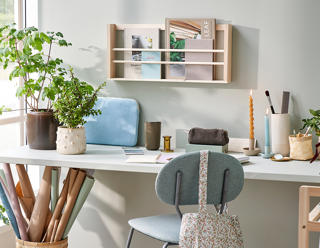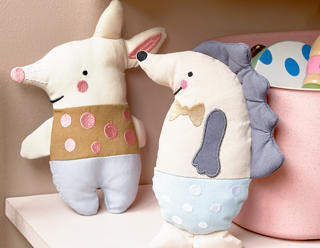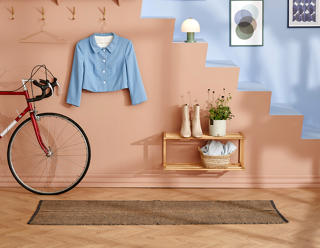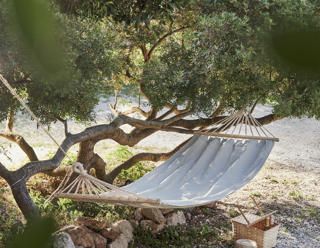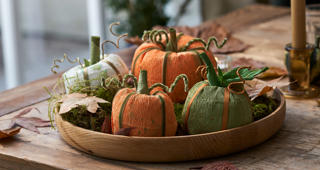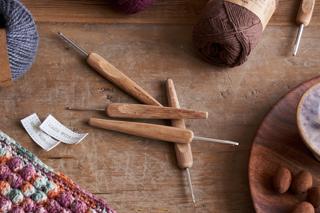- Vinsælar vörur
- Heimilið
- Sköpun
- Veisluvörur
- Ritföng
- Börnin
- Fylgihlutir
- Matur og drykkur
- Fegurð
- Útilíf
- Athyglisverð kjarakaup
Easy clay wall vase 02. February 2023

Flower pocket
Anna is always looking for new places to place flowers in the sisters' home. "A vase can hang on the wall too, can't it?" she wonders, as shelves and tables are filling up with vases. "Just remember that the clay vase is only for dried flowers, as it cannot be filled with water," Clara adds.
Material List
Skref 1
Roll out half of the packet of self-hardening clay to a thickness of approx. 7 mm.
Skref 2
Cut a rectangle of 12 x 16 cm from the clay using a ruler and a utility knife. Use a cutting mat underneath. You can use the lines on the cutting mat to help with measuring out the rectangle.
Skref 3
Roll out the other half of the self-hardening clay to a thickness of approx. 5 mm. Cut out a rectangle of approx. 9 x 11 cm. Remember to use a cutting mat.
Skref 4
Place a paintbrush or a similar round object on top of the big rectangle and place the small rectangle on top. It should be placed approx. 2.5 cm above the bottom edge of the big rectangle.
Skref 5
Smooth out all edges of the clay with a paintbrush and water.
Skref 6
Make a hole in both of the top corners of the big rectangle with a needle. Each hole should have a diameter of approx. 0.5 cm. The holes should be placed approx. 2 cm from the outer corner.
Skref 7
When the clay vase is dry, add jute twine to the holes for hanging the vase on the wall. "The vase is only for dried flowers as it cannot be filled with water," Clara kindly reminds.
